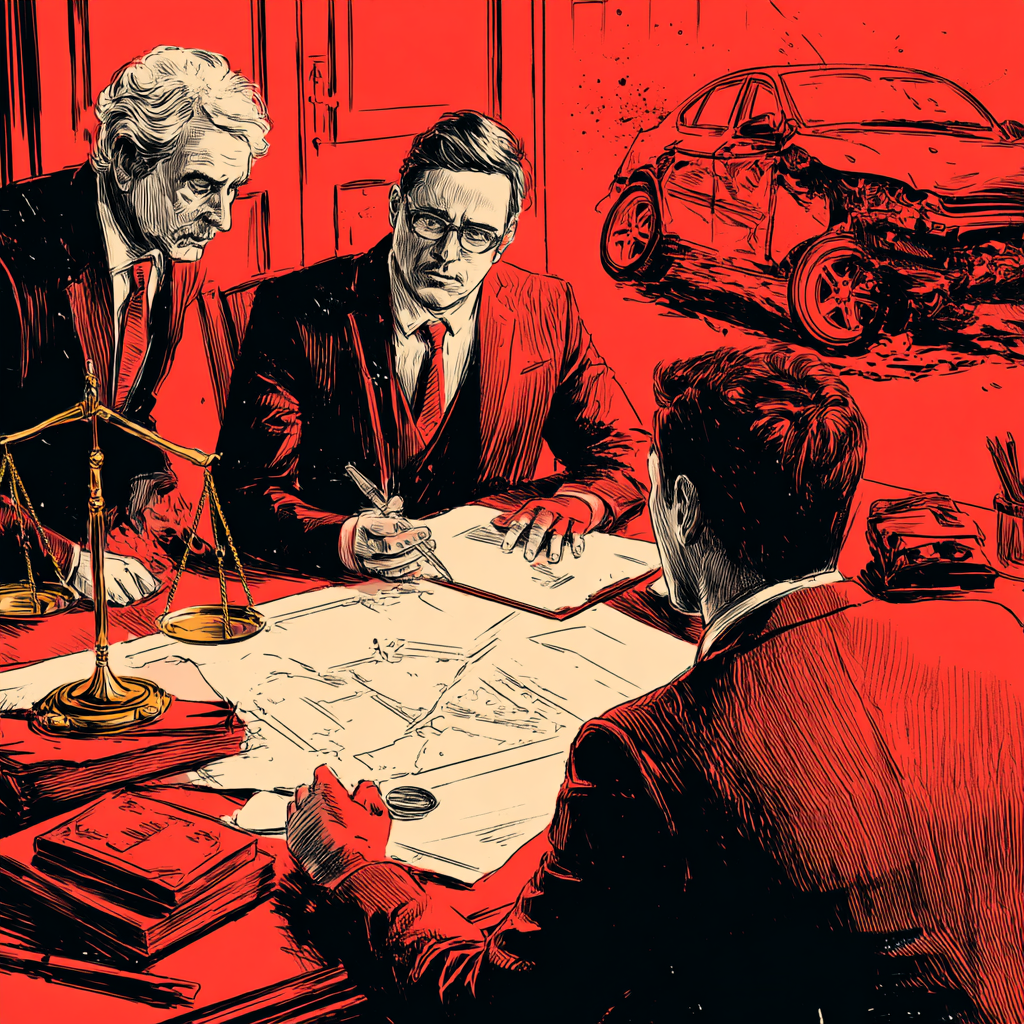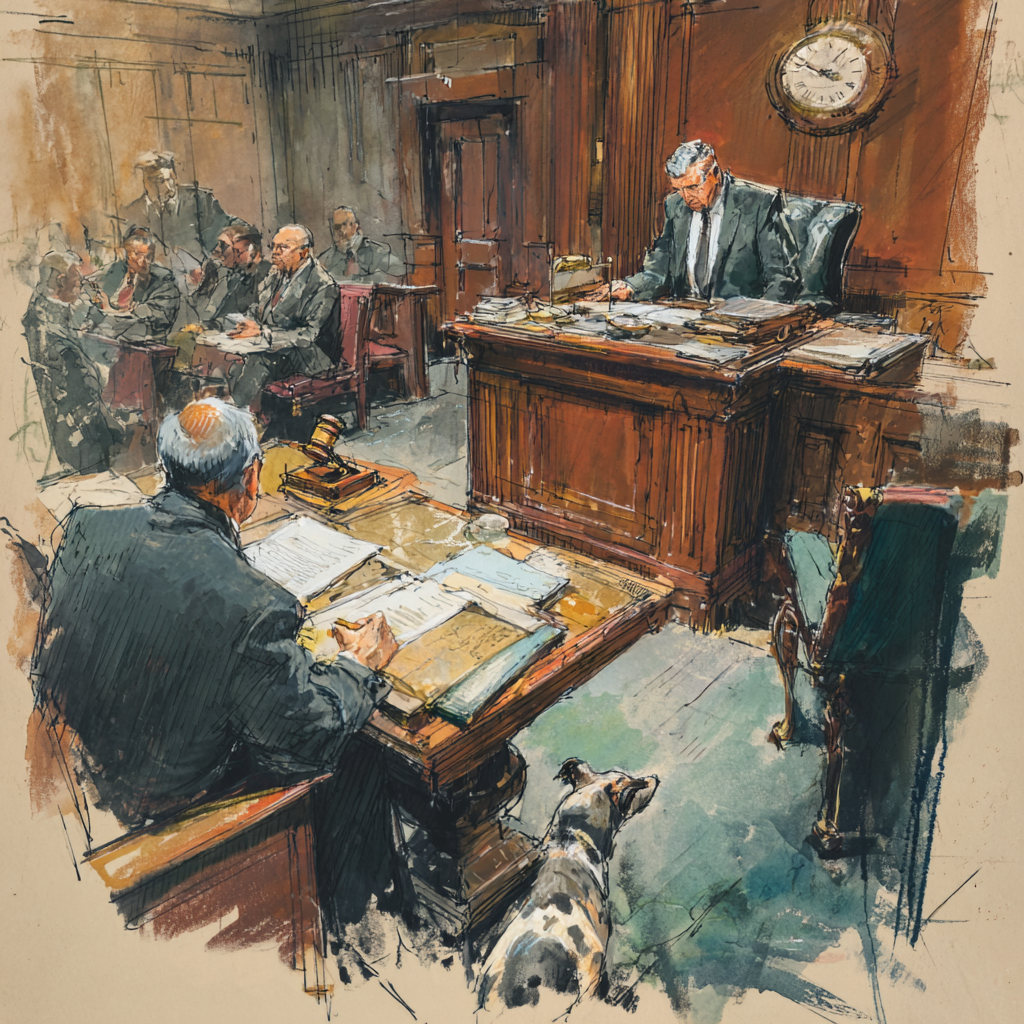Doctor Goldshteyn Chiropractic, P.C. v ELRAC, Inc., 2017 NY Slip Op 50923(U)(App. Term 2d Dept. 2017)
“Plaintiff’s contention that defendant failed to establish that its time to pay or deny claims seeking to recover the sums of $241.30, $1,310.94, and $1,019.62 was tolled because defendant had not timely mailed EUO scheduling letters to plaintiff’s assignor lacks merit. While plaintiff correctly asserts that the letter from defendant dated January 27, 2011 is a delay letter, defendant established that the first EUO scheduling letter had been timely and properly mailed to plaintiff’s assignor on January 4, 2011 (see St. Vincent’s Hosp. of Richmond v Government Empls. Ins. Co., 50 AD3d 1123 [2008]; Great Health Care Chiropractic, P.C. v Nationwide Ins., 46 Misc 3d 130[A], 2014 NY Slip Op 51812[U] [App Term, 2d Dept, 2d, 11th & 13th Jud Dists 2014])”
This is an interesting case because (I think) it lays out what is necessary to timely delay a bill for pending EUOs/IMEs and, afterwards, denying the same. Most of the caselaw that has discussed the issue has not been favorable to the carriers.
Here, the carrier presented (1) EUO letter to Assignor; and (2) Timely delay letter to medical provider stating that bill is delayed pending EUO.
I would note that if the EIP attended and the bill was denied on other grounds, you would still need the same proof to show the time to pay or deny is tolled. Oftentimes (and I have seen it accidentally out of here), the motion-writer thinks that you only need to present the delay to the provider to prove a toll. This is not the case – do not fall into that trap.
You always need (1) the underlying EUO/IME letter with proof of mailing and (2) proof of attendance to prove the toll.









